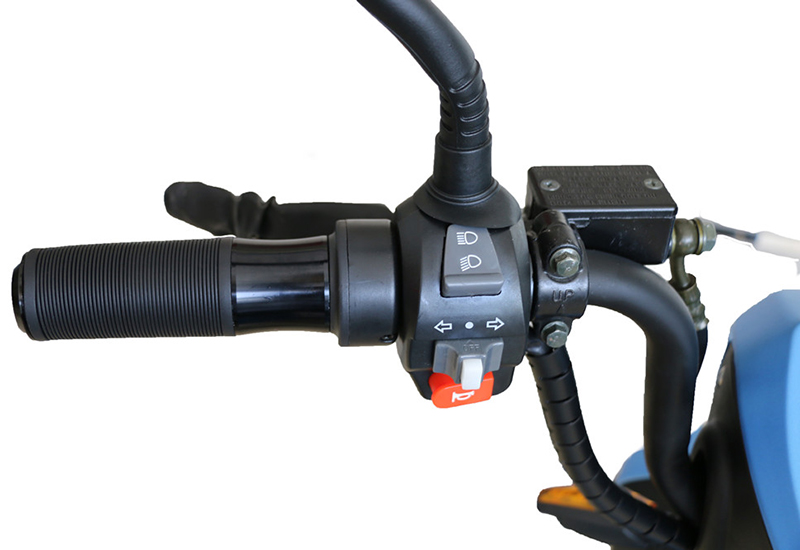1) Detection of brushless motors A Unplug all the plugs […]
1) Detection of brushless motors
A Unplug all the plugs of the motor and the wiring harness, use the diode of the multimeter to set the red needle of the multimeter on the thin red wire of the six-core plug of the motor, and the black needle on the thin yellow, blue, green and black wires. The value is displayed as 900 or more. , Point the red needle on the black line, and the black needle on the thin yellow, blue, green and red lines, the value is displayed as 500-600. Displaying zero or infinity is bad.
When B is energized, use the 200V DC voltage range of the multimeter. The black needle points to the thin black wire of the six-core plug, and the red needle points to the thin yellow, blue and green wires respectively. Rotate the motor, and the voltage displays 0-6.25 volts. Between changes. The maximum value and minimum value of the three lines should not be much different.
2) Check the transfer
Use a multimeter to measure the nine-core plug of the controller with a 20 volt voltage range. The black pen is pointing to the thin black wire and the red pen is pointing to the thin yellow wire. At this time, the voltage should be about 1 volt. Turn the handle to the end, and the multimeter displays 1 volt. To 4.2 volts or 4.8 volts, the switch is good.
3) Check the brake lever
Use a multimeter to measure the controller's nine-core plug with a 20 volt voltage range. The black pen points to the thin black wire and the red pen refers to the thin purple wire. The voltage is about 6 volts. If it is zero, the brake is often powered off. Hold the brake lever. , The multimeter should display zero at this time, and the brake will not power on if the voltage remains unchanged.
4) Check the brushless controller
A. Detection of damage to the power tube: The failure of the power tube means that the whole vehicle does not turn or lack of phase. The specific measurement method is: use a diode to test the A, B, and C three-phase motor wiring of the controller, and connect the black pen of the multimeter to the red line of the power supply. Connect the red pens to the phase wires of the three-phase motors respectively, and the multimeter display value should be about 500-600. If the test result of a phase shows zero or very small, the upper power tube of that phase is broken down. The red pen of the multimeter is connected to the ground wire of the power supply, and the black pen is connected to the phase wire of the three-phase motor. The display value of the multimeter should be about 500-600. If the display is zero or very small, the lower power tube of the phase is broken down. Dawei power tube open circuit
B. When the power is on, use a multimeter to measure the thin red wire and thin black wire of the controller's nine-pin plug to see if the voltage is about 5 volts. If there is no voltage, the controller is broken.
5) Under what circumstances should electric vehicle batteries be replaced?
There are many reasons for battery problems, but except for bulging, "de-powdering", broken plates, short circuits, and damage to the shell, they generally do not need to be replaced. They can continue to be used as long as they are repaired. The bulge is caused by the overcharge of the battery. The bulge battery has been deformed, and consumers can feel it by touching it with their hands; damage to the casing can also be visually inspected. “Powdering off”, broken grids and short circuits can only be seen by opening the battery. If the repairer proposes to replace it for these two reasons, the consumer can ask the repairer to open the battery on the spot for inspection.
https://www.hangpai-ebike.com/

Zhejiang Hangpai Electric Technology Co., Ltd.